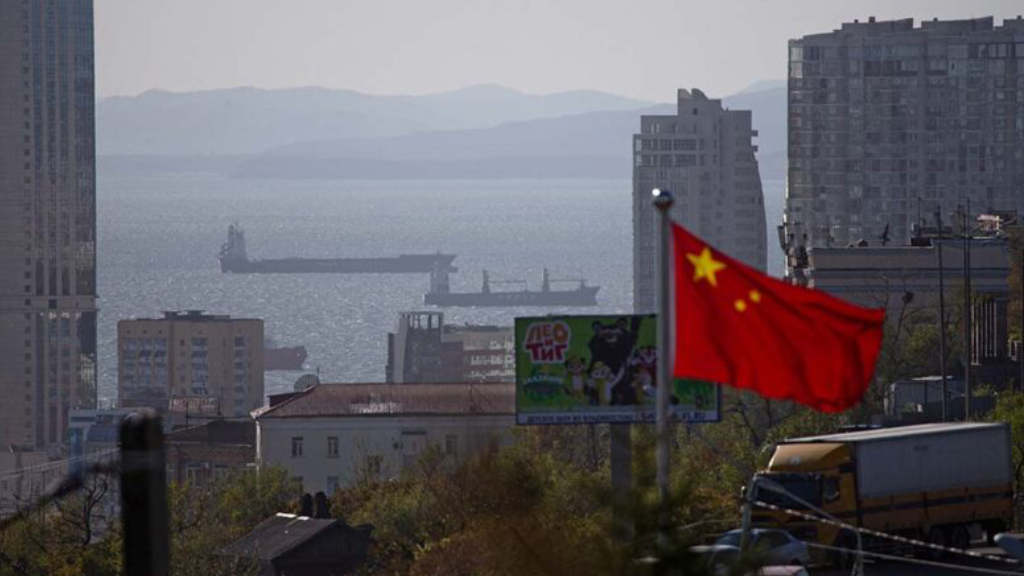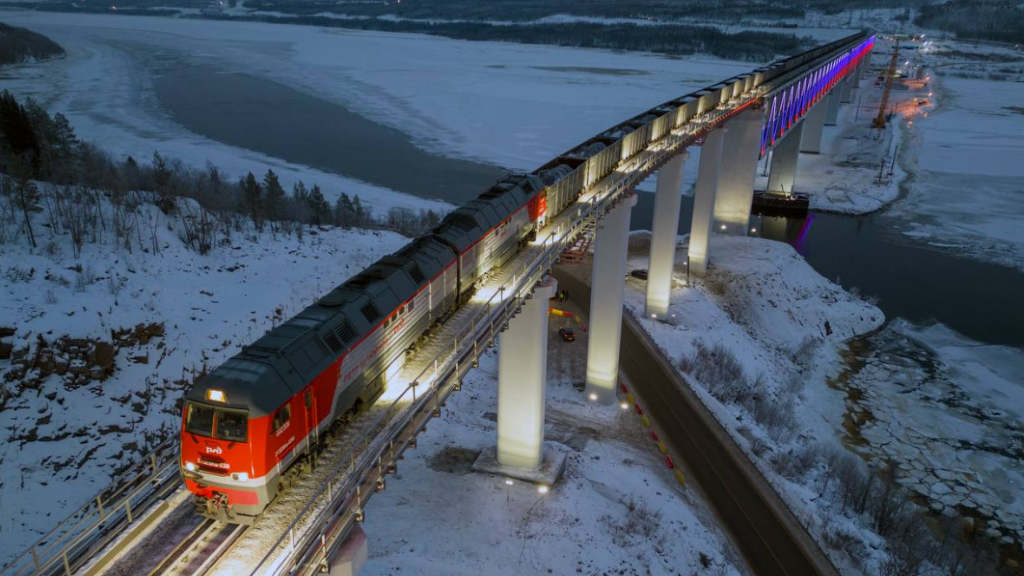An unannounced, but effective partition of Ukraine is already taking place as Russia and the European Union have begun to deploy differing Rail infrastructure. Ukraine’s rail infrastructure has historically used the Russian gauge, which is 1,520 mm wide. However, Europe’s railways run on standard gauge, being 1,435 mm. The difference means tracks and bogies are incompatible.
The European Union however is part funding a rail network in the West of the country intended to link up with European railways, according to Global Construction Review. It is being built to standard gauge and will run from Uzhhorod in Western Ukraine to Chop, where the borders of Ukraine, Slovakia, and Hungary meet.
In addition, the United States is funding US$225 million to link Lviv in Ukraine, to the EU’s Trans-European Network.

To the East, Russia is reconstructing and upgrading rail networks to the original Russian gauge, compatible with the Russian rail network.
It takes several hours to unload a goods train from one gauge to the other, suggesting that Western Ukraine is following the European infrastructure system and Eastern Ukraine the Russian system. This creates infrastructure incompatibility within the country, but indicates that post-conflict reconstruction activities – albeit using different standards – are already taking place. This creates an infrastructure and logistics division within the country.
As of 2020, Ukrainian Railways was the world’s sixth largest rail passenger transporter and world’s seventh largest freight transporter. The total length of Ukraine’s main Russian gauge railroad network is about 19,800 kilometres, making it the 13th largest in the world. Ukraine’s standard gauge (European compatible) railway extends for about 350 kilometres. It is possible to build dual track railway. However, according to DTU Orbit the European research institute, the investment cost for European gauge railway projects vary between €12 to 45 million per kilometre, depending on the alignment allocation, amount of physical structures, and difficulties during construction. This means that replacing just 50% of Ukraine’s existing rail with European gauge would cost a minimum of €120 billion.





